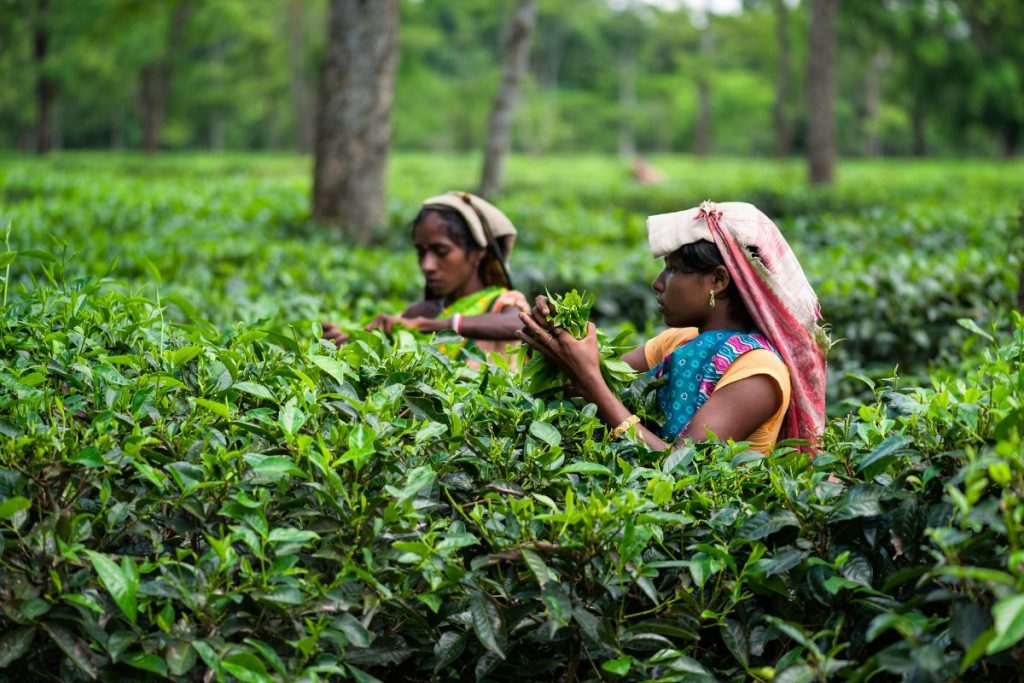The state of the North Indian tea Industry is in a precarious condition due to persistent issues such as inadequate rainfall and extreme heat. This has greatly affected the production of the crop during the current growing season, until May 2024.
Sandeep Singhania, president of the Tea Association of India (TAI), said, “The tea-producing areas of West Bengal and Assam have experienced severe wilting of tea plants, resulting from insufficient rain and high temperatures. This is expected to lead to a decreased crop yield in the upcoming months.”
According to representatives from the Tea Estates Association, the estates in Assam and West Bengal are projected to have a 20 per cent and 40 per cent decrease in production during May 2024 compared to the previous year.
“According to the recent report from the Tea Board of India, there has been a decrease in tea production of approximately 8 million kilograms in Assam and 13 million kilograms in West Bengal during the month of April 2024 compared to last year’s production during the same time frame,” Mr Singhania added.
President of the TAI, Mr Singhania said, “The success of tea production is heavily reliant on rainfall. Inadequate precipitation during crucial months can hinder the excellent initial and subsequent harvests. Any decrease in crop yield during this period could have a significant impact on the Companies’ financial stability. However, there is some good news as the much-awaited monsoon has arrived in Assam and West Bengal, reaching sub-Himalayan areas on 30-31 May respectively, earlier than expected. This covers most parts of both states, almost a week ahead of schedule.”
According to the information released by the India meteorological department, there has been a notable decrease in rainfall in the key tea-producing areas of West Bengal, ranging from 50 per cent to 80 per cent, and in Assam, ranging from 10 per cent to 30 per cent. This is in comparison to the usual amount of rainfall received during the period of 1 March to 31 May.
After the monsoon began, there has been a significant amount of rain in both states during the first two weeks of June. According to the IMD, the tea-growing regions of West Bengal and Assam have received 15-66 per cent and 3-20 per cent more rainfall than usual for this month, he mentioned.
According to Mr Singhania, excessive rainfall and lack of sunshine during the day have once again hindered crop production in both States. According to reports from several tea estates, West Bengal’s production is 25 per cent -40% per cent lower and Assam’s is 10-15 per cent lower than last year during the first two weeks of June 2024.
Overall, North India’s tea production is expected to decrease by approximately 60 million kg compared to the same period last year.
This decline mainly affects the first and second flush, which are considered the best quality teas for the year. This loss in crop will certainly impact the revenue of producers for the year.
“The tea industry in Assam and West Bengal is facing a bleak future due to uncontrollable natural circumstances. The industry is expected to suffer from rising costs, such as wages and increased Bonus, which will ultimately lead to its downfall in North India,” TAI president Mr Singhania claimed.






